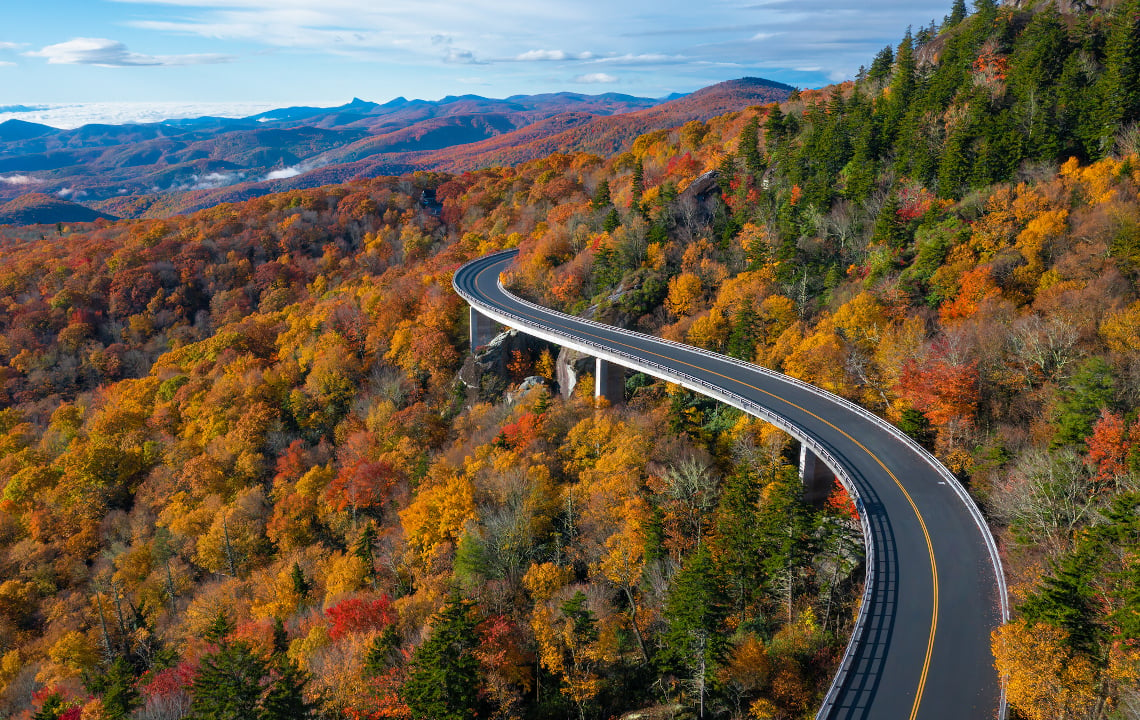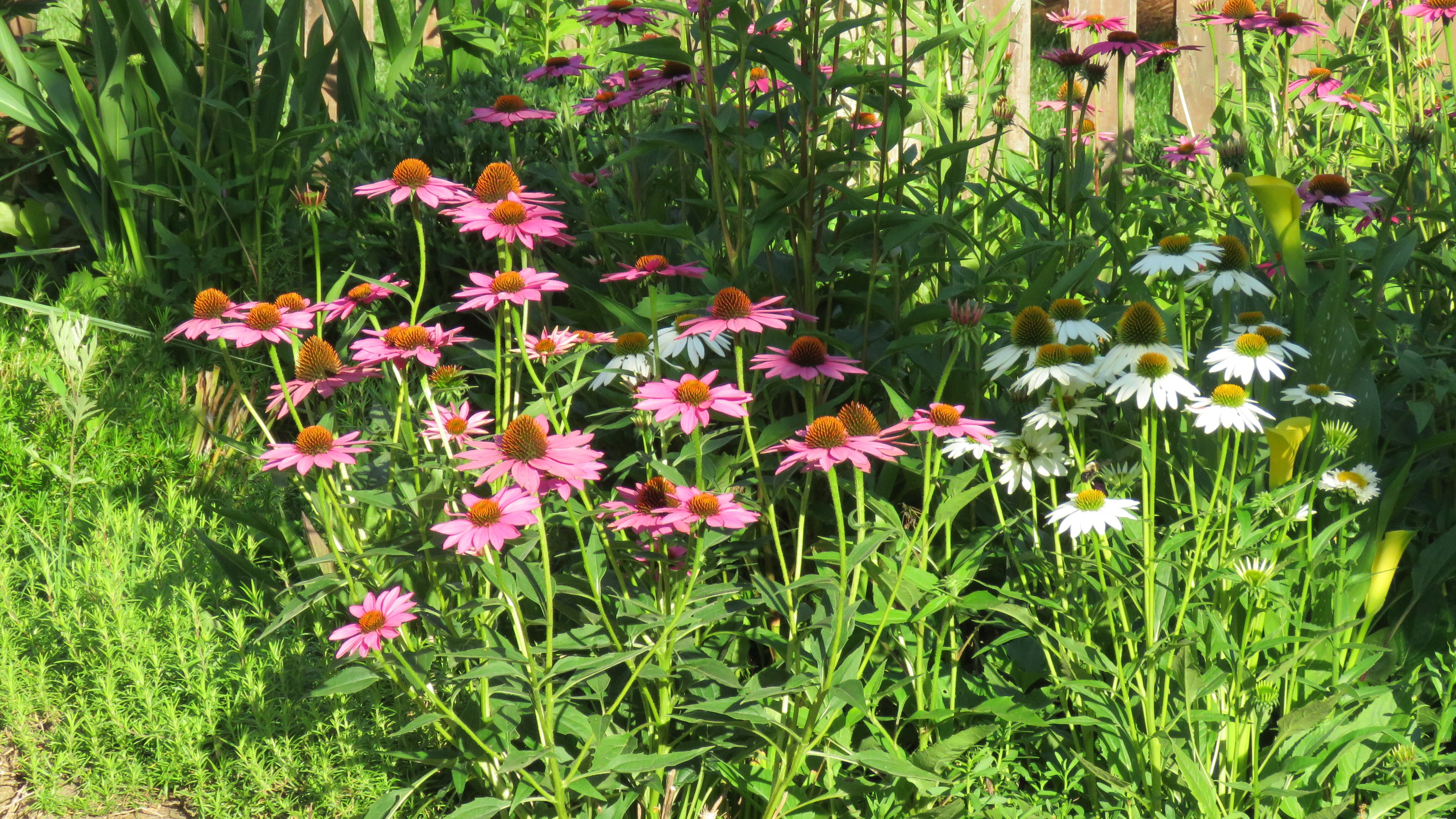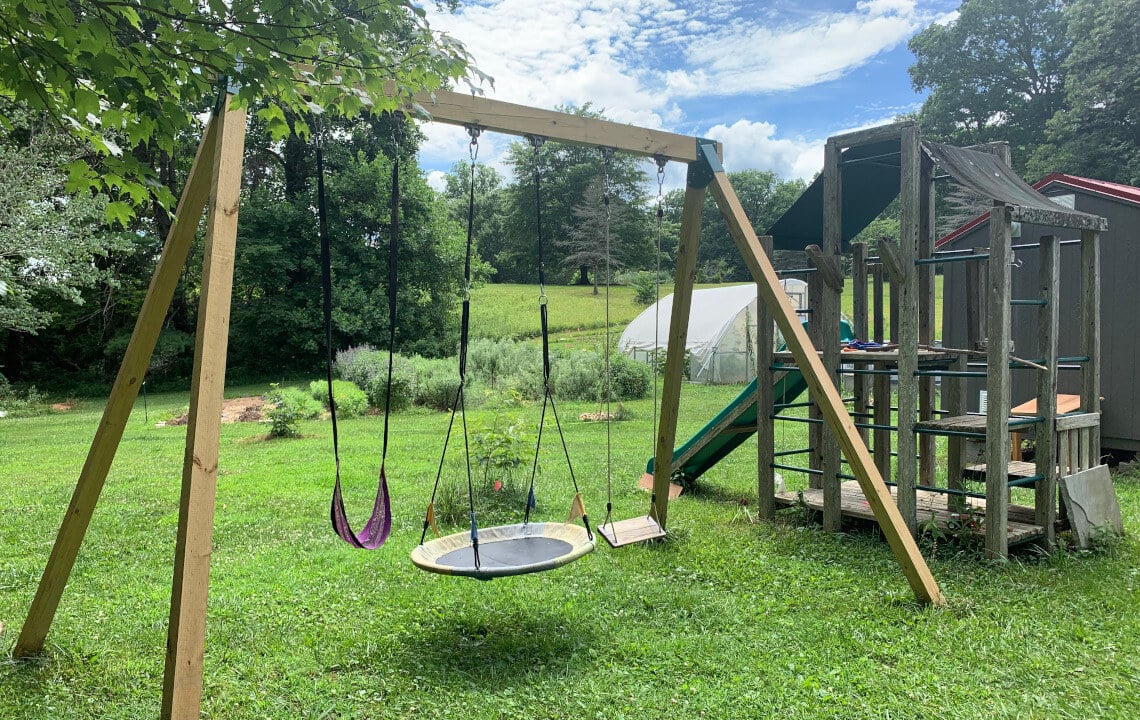Country living near forests affords one a beautiful view of fall colors. But have you ever wondered why leaves change color in Autumn? Read on to learn the science behind this brilliant natural phenomenon.
Perhaps no other season is heralded as dramatically as Fall with its changing leaf colors.
Vibrant reds and yellows dot hardwood forests throughout much of the country, and areas of the Southeast are a hotbed for tourists this time of year.
These color changes signal that the leaf fall and the winter are not far behind.
But have you ever stopped to wonder why leaves change color in autumn? The reasons behind these changes are another wonder of nature.
As explained in an article by the U.S. Forest Service titled “Science of Fall Colors,” the story behind this color change involves three pigments in the leaf. [1]
How Tree Pigments Affect Fall Foliage
You may recall learning about the pigment chlorophyll in high school biology class.
This pigment is the key to photosynthesis, a process whereby sunlight produces sugars that feed the tree. Chlorophyll is also the pigment that makes the leaves appear green.
As fall approaches, longer nights slow the production of chlorophyll, and it eventually disappears. When that happens, chlorophyll is no longer present to mask the other pigments, which show forth in the fall colors we are accustomed to.
Carotenoid pigments found in orange vegetables, like carrots or butternut squash, are also present in the leaves throughout the growing season. These pigments create the yellow, orange and brown colors in leaves.

Anthocyanin pigments create the red colors in leaves and are present in the fall.
Why Leaf Color Intensity Can Change Year to Year
You might have noticed that the intensity of leaf colors varies yearly, and there are reasons for that, some better understood than others.
Many people believe this is due to the rain volume throughout the year, and they are partially correct.
However, as noted earlier, the primary driver of leaf color change is the length of night. As nights become longer, chlorophyll production wanes. But other factors, such as weather, also come into play.
The Forest Service notes in their article that the most vibrant colors tend to occur in autumn with “warm sunny days and cool, crisp but not freezing nights.”
This abundance of light and sugar production in the leaves benefits the anthocyanin pigments, which produce red colors. Carotenoids are already present in the leaves, so the yellows are more consistent.
Conversely, a warm, wet autumn tends to dampen the vibrant colors since it diminishes anthocyanin pigment production. Other factors, such as soil moisture and weather earlier in the year, can also affect fall leaf color.
Why All Trees Don't Change Color in Fall
You might wonder why all trees don’t go through these color changes. As it turns out, evergreens and deciduous trees manage the cold temperatures of winter differently.
The broad-leaved deciduous trees that show these color changes drop their leaves to survive the cold better.
These leaves would damage easily as they are prone to freezing. So, the trees drop their leaves to protect themselves from freezing in the winter.

Evergreens remain green and keep their leaves because they can better survive freezing temperatures. These leaves have a wax-like coating that protects them, and their cells also contain fluids less prone to freezing.
The Benefits of Recognizing Trees by Color Change to Outdoor Pursuits
In my younger days, I learned to recognize hickory trees by their fall color.
Hickories shine forth with a yellow leaf, and squirrels prize the nuts these trees produce. I have had many pleasant afternoons hunting under these golden trees, waiting for squirrels to make their rounds.
Deer hunters often find that oaks are destinations for feeding deer.
These trees tend to change color later than other trees, and some keep their leaves later into the fall. As a result, the red or brown leaves of oak trees may be easier to see after the other trees have already begun to drop their leaves.
With a little practice, you will find it easy to identify many trees by their fall color and shape.
How "Leaf Peepers" and Leaf Season Benefit Rural Communities
Another aspect of leaf color changes is economic.
Tourists often roam far and wide to see these spectacular views and, on their trips, support these rural economies. Known to the tourism trade as Leaf Peepers, these travelers typically spend days at a time driving along rural routes known for their scenic vistas.
The business generated by Leaf Peepers each fall is estimated in the billions of dollars.
Hotels, vacation rentals/Airbnbs, restaurants and small businesses all benefit, and the impacts on local economies can be significant. It's also an excellent opportunity for farms and U-picks to reap the seasonal benefits of agrotourism.

Use Fall Foliage Maps to Determine Peak Leaf Season in Your Neck of the Woods
As a result, understanding when peak leaf season will arrive at each location becomes important.
In general, the New England states start the season with color changes in late September, and the process moves south, ending in early November in the Southern States.
Since elevation can have an impact on temperatures, mountain peaks and ridges will often produce vibrant colors earlier than the lowlands in the same region.
Fall foliage maps and trackers can be found for various locations online
For example, the Smoky Mountains website offers a free Fall Foliage Prediction Map.
This map helps you to identify regions and dates for the best chance to observe these fall colors.
After the heat of summer, fall trips outdoors can feel rejuvenating.
With the changing colors, it almost looks like the forests are celebrating as well.
Reference:

























